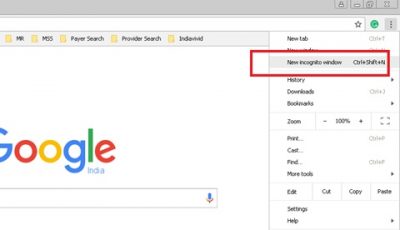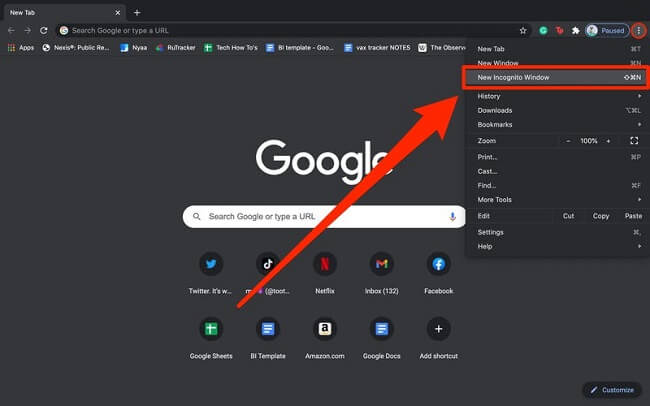

To do so search for filessystem in incognito or search this address: chrome://flags/#enable-filesystem-in-incognito. Luckily there's a way to continue using Incognito mode while still access these blocked sites. Many website will block users who are using Incognito mode. N.B.: Keep in mind that your IP address is also registered when you surf the web, even if in Incognito mode, so there is a trace of the pages visited unless you use a VPN. To delete it, on the same screen type ipconfig / flushdns and press enter. Now you will have access to you internet history.


On the next screen enter: ipconfig/displaydns, and then click the enter. In the pop-up window that opens, enter cmd and press OK. You can also access it using the Windows + R command. Opening an incognito window starts a new incognito session, which persists across any other incognito windows you open. How to check Google Chrome Incognito Mode history: Open CMD (command prompt) right click and select run as administrator, on your laptop/computer. First go to the Run menu by typing Run in the search bar. If you're using a Windows PC, you can access the entire DNS record of internet actions, including while in Incognito mode.


 0 kommentar(er)
0 kommentar(er)
